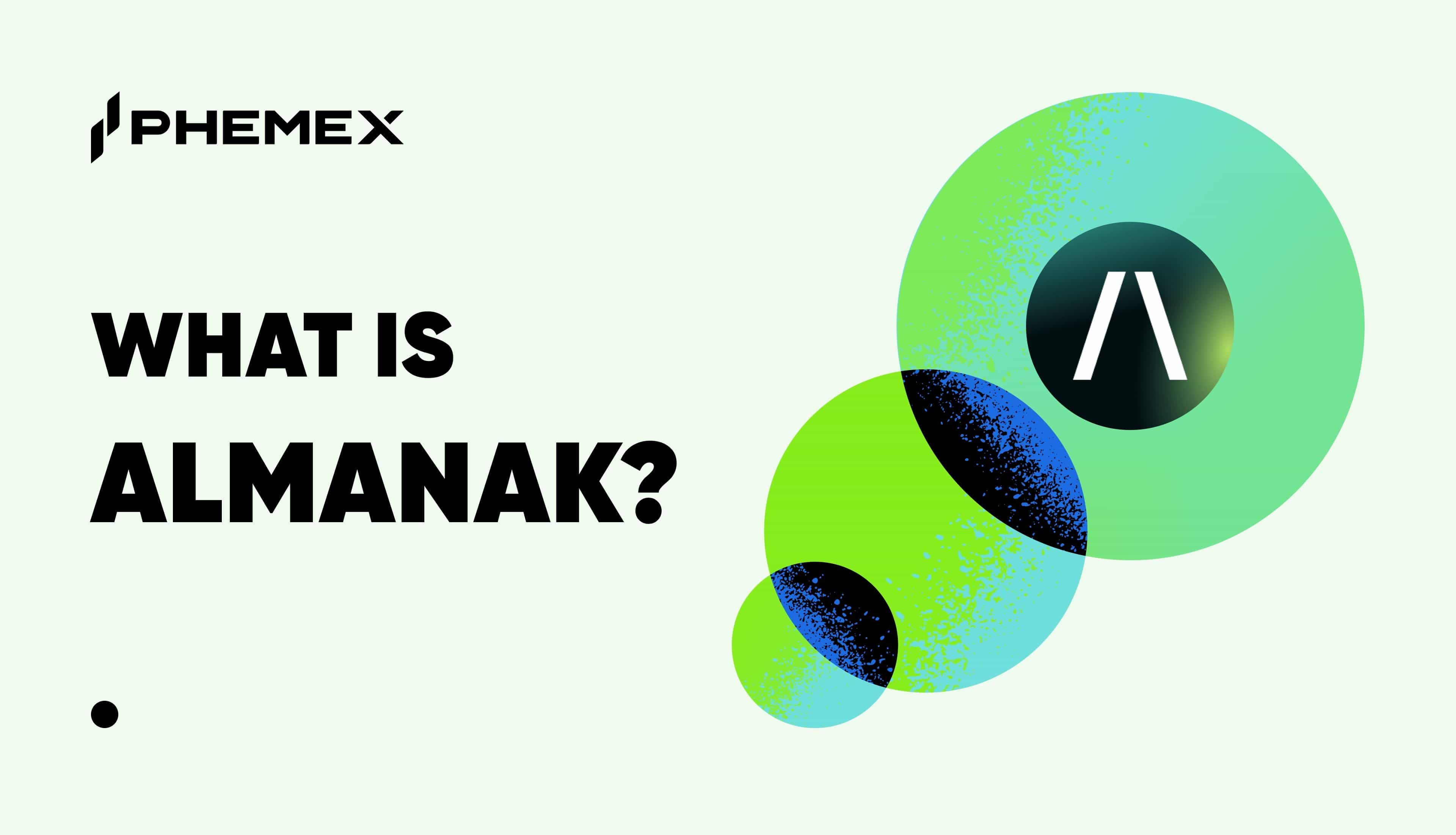What is DePIN (Decentralized Physical Infrastructure Network)?
DePIN, or Decentralized Physical Infrastructure Network, represents an innovative approach to building and enhancing real-world physical infrastructure. It incorporates elements such as wireless networks, cloud services, mobility networks, and power grids, typically dominated by large, capital-rich companies. DePIN aims to democratize this space using blockchain technology, token incentives, and the collective power of internet communities, moving away from the centralized models that nearly monopolize pricing and services, stifling competition and innovation.
How Does DePIN Work?
At its core, DePIN functions by integrating real-world physical devices that generate and share data. This vast pool of data unlocks potential for innovative development of decentralized applications (dApps), fostering the growth of the DePIN network. The DePIN ecosystem comprises several crucial components:
- Physical Infrastructure Network: This includes the tangible elements like vehicles for mobility, solar panels for energy, hotspots for wireless connectivity, and servers for cloud-based services.
- Off-chain Computing Infrastructure: It bridges the gap between the physical world and blockchain, employing intermediaries like oracles.
- Blockchain Architecture: The backbone of DePIN, where each network interacts through a blockchain system with embedded smart contract logic, serving as both a ledger and a hub for the token economy.
- Token Incentives: Central to DePIN's model, it rewards service providers with network tokens, incentivizing participation and growth.
What Belongs to Decentralized Physical Infrastructure (DePIN)?
DePIN encompasses a variety of network categories, each vital to its ecosystem:
- Cloud/Storage Networks: Covering file storage, databases, CDN, and VPN services.
- Wireless Networks: Including advanced technologies like 5G and LoRaWAN for IoT (Internet of Things).
- Sensor Networks: Networks of interconnected devices embedded with sensors, gathering real-time physical world data, such as geographical mapping.
- Energy Networks: Focused on integrating distributed energy sources to forge a more efficient and resilient energy grid.
What are the Advantages of DePIN?
DePIN's future looks bright, promising significant advances in both physical infrastructure and blockchain realms. Some of its advantages include:
- Decentralization: Shifting from centralized to decentralized models, DePIN reduces reliance on large corporations for infrastructure setup and maintenance.
- 'Sharing Economy' Model: Implementing a sharing economy approach, it distributes the costs and responsibilities among participants, leading to a more equitable and cost-effective model.
- Cost-Effectiveness: Users enjoy lower costs compared to traditional models. For instance, data storage options like Filecoin or Storj offer affordability and token earning opportunities.
- Innovation Promotion: By lowering barriers to entry, DePIN encourages new players to enter markets previously monopolized by established entities.
What Are the Trends and Challenges of Decentralized Physical Infrastructure (DePIN)?
Trends:
- With the increasing use of mobile devices for internet access, the demand for mobile-friendly crypto interfaces is growing.
- Technological advancements in AI and smartphones indicate a trend towards more mobile traffic.
- The rise in decentralized content creation and consumption boosts the demand for wireless and storage services.
Challenges:
- DePIN's sector is nascent and faces challenges like complex incentive models and competition with established web2 giants like Amazon, Microsoft, and Google.
- The market is vast, but the journey to disrupt legacy competition is fraught with the need for greater effort and professionalism, especially when compared to consumer-focused web3 sectors like gaming.
Why DePIN?
DePIN presents a compelling alternative to traditional methods for several reasons:
- Rapid Scaling: DePIN networks can scale swiftly and cost-effectively, thanks to crowdsourcing. For instance, NATIX's user base enables it to map the world faster than Google.
- Community Focus: Rather than corporate dominance, DePIN allows communities to own and manage the network's hardware, aligning stakeholder interests and fostering adoption and growth. ELOOP, for example, shares revenues from its car-sharing Tesla fleet with its community.
- Open Governance: DePIN networks offer democratic, accessible governance models, in contrast to traditional infrastructure projects dominated by centralized entities. For instance, a Web3 Uber by bloXmove promises transparency in pricing, differing from Uber's model.
- No Gatekeeping: DePINs are permissionless and resistant to censorship, ensuring open access. For instance, Silencio network's global noise pollution data is accessible to all, unlike centralized platforms with selective data sharing.
Business Advantages:
- DePINs significantly reduce capital and operational costs by crowdsourcing hardware maintenance, unlike traditional telecom companies.
- Leveraging blockchain technology, DePINs facilitate secure, intermediary-free peer-to-peer payments.
- As Web3 natives, DePINs provide network participants direct access to a suite of Web3 tools and DeFi services, unlocking additional revenue streams.
- By lowering entry barriers, DePINs introduce new competition in industries long dormant, spurring innovation across the board.
DePIN Examples
DePINs are revolutionizing various sectors by integrating blockchain technology into physical infrastructure. These networks leverage the power of decentralized technologies to offer innovative solutions in areas such as internet connectivity, cloud storage, and data sharing. Let's explore some notable DePIN projects and how they are changing the landscape.
Helium: A Pioneer in DePIN
Helium stands out as a trailblazer in the DePIN space, originally conceived to develop a low-power, wide-area network (LoRaWAN) for Internet of Things (IoT) devices. It marked a significant shift from traditional network models by enabling IoT devices to connect and communicate efficiently. This innovation quickly garnered attention and partnerships for various applications, including weather tracking, air quality monitoring, and GPS integration.
The Helium Ecosystem:
- Nodes and Hotspots: Users participate by setting up Helium nodes, often using hotspots. These devices, which can be purchased or self-built, provide internet coverage in specific areas and, in return, earn the network's native token, HNT.
- Data Credits and Tokenomics: The network utilizes a unique system where users who need network services (like IoT connectivity or web access) purchase data credits by burning HNT. This burn-and-mint equilibrium (BME) mechanism is integral to Helium’s monetary policy.
- Expansion and Network of Networks: By 2022, Helium had expanded to nearly a million connected hotspots. The project evolved to support other DePIN initiatives, helping to build decentralized solutions for various services like Wi-Fi, 5G, VPNs, and beyond.
Filecoin: Decentralized Cloud Storage
Filecoin emerged in 2020 as a decentralized alternative to mainstream cloud storage services like Google Cloud and Amazon Web Services. It represents a shift from centralized storage solutions to a distributed system, underpinned by cryptographic incentives.
Filecoin’s Approach:
- Storage Marketplace: The platform connects those in need of storage space with users who have excess capacity on their hard drives. This peer-to-peer network democratizes data storage, making it more accessible and resilient.
- Incentive Model: Providers of storage space are rewarded with Filecoin's native token, FIL. This incentive structure ensures the availability and reliability of storage resources across the network.
DIMO: Monetizing Vehicle Data
DIMO introduces an innovative approach to vehicle data utilization, offering car owners the opportunity to monetize their vehicle and driving data.
Functionality and Rewards:
- Data Sharing via App: Users download the DIMO app and opt to share specific data about their vehicles, such as battery health or trip details.
- Tokenized Rewards: In return for sharing data, users earn rewards in DIMO tokens, which are Ethereum-based. This data becomes a valuable asset for services like used car marketplaces and ridesharing apps, enhancing their operations and customer experiences.
Hivemapper: Crowdsourced Real-World Mapping
Hivemapper is a project aimed at decentralizing real-world mapping services, akin to what Google Street View offers, but through a community-driven approach.
The Hivemapper Model:
- Dashcam Data Collection: Users install Hivemapper dashcams in their vehicles and collect visual data tied to GPS locations as they drive. This crowdsourced approach to data gathering is key to the project's success.
- Token Incentives: Contributors to the network are rewarded with HONEY tokens, based on the Solana blockchain. Users who need access to the map can purchase map credits, which are used to access logged data from the user network.
Read More
- What is DePIN? Analysis of Decentralized Physical Infrastructure Networks
- DePIN Revisited: Decentralized Infrastructure in 2025
- https://phemex.com/academy/defi
- What Are Decentralized Applications (dapps)?
- What Is DeFi: How To Be Your Own Bank With $100
- What Is Decentralized Identity? Claiming the Rights to Your ID
- What is Decentralized Social Media
- What is Cryptocurrency & How does it Work?








